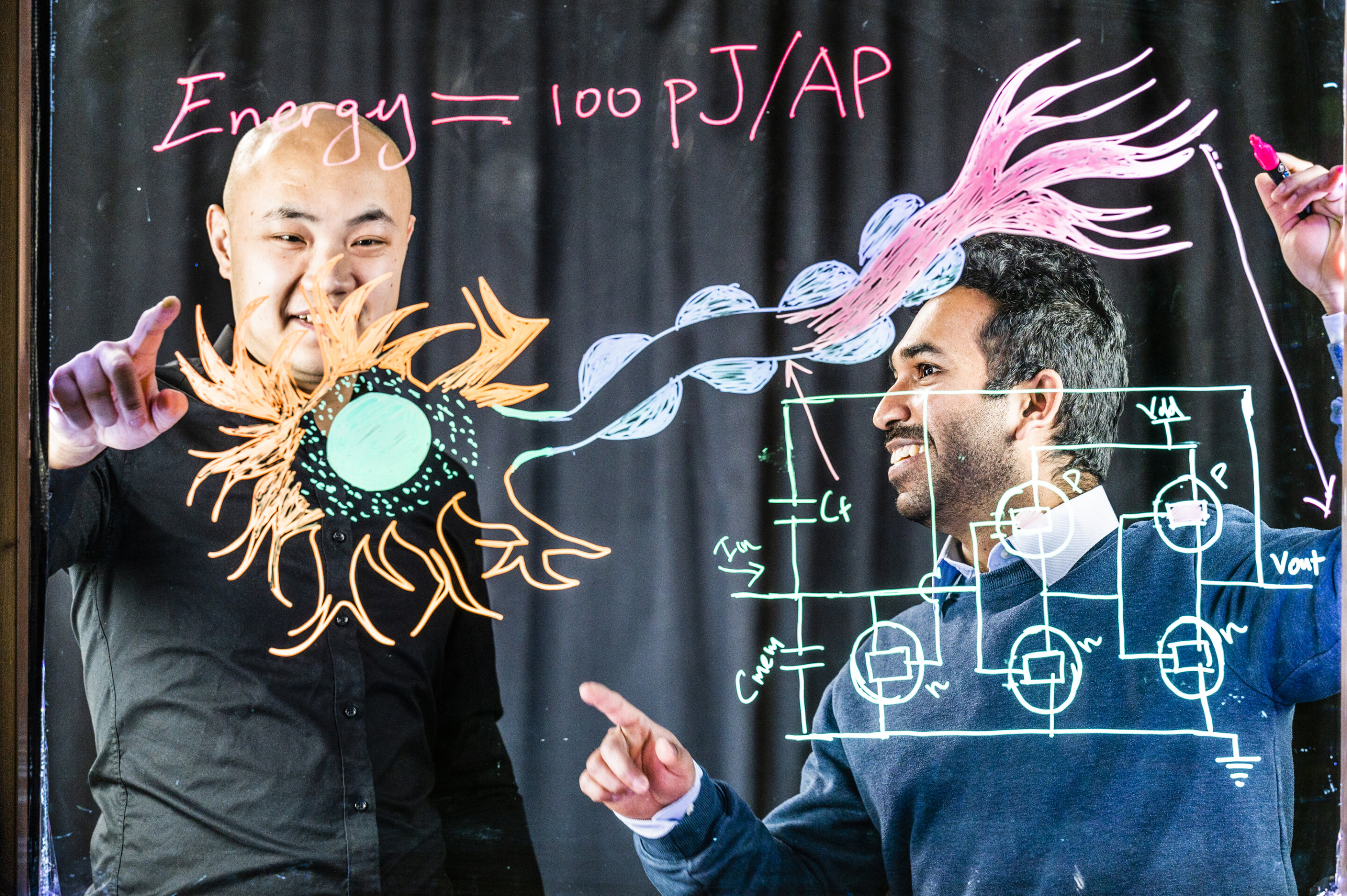Building artificial nerve cells
Date: 25.2.2022
For the first time, researchers demonstrate an artificial organic neuron, a nerve cell, that can be integrated with a living plant and an artificial organic synapse. Both the neuron and the synapse are made from printed organic electrochemical transistors.
 On connecting to the carnivorous Venus flytrap, the electrical pulses from the artificial nerve cell can cause the plant’s leaves to close, although no fly has entered the trap. Organic Venus flytrap semiconductors can conduct both electrons and ions, thus helping mimic the ion-based mechanism of pulse (action potential) generation in plants. In this case, the small electric pulse of less than 0.6 V can induce action potentials in the plant, which in turn causes the leaves to close.
On connecting to the carnivorous Venus flytrap, the electrical pulses from the artificial nerve cell can cause the plant’s leaves to close, although no fly has entered the trap. Organic Venus flytrap semiconductors can conduct both electrons and ions, thus helping mimic the ion-based mechanism of pulse (action potential) generation in plants. In this case, the small electric pulse of less than 0.6 V can induce action potentials in the plant, which in turn causes the leaves to close.
"We chose the Venus flytrap so we could clearly show how we can steer the biological system with the artificial organic system and get them to communicate in the same language," says Simone Fabiano, associate professor and principal investigator in organic nanoelectronics at the Laboratory of Organic Electronics, Linköping University, Campus Norrköping.
"We've also shown that the connection between the neuron and the synapse has a learning behavior, called Hebbian learning. Information is stored in the synapse, which makes the signaling more and more effective," says Simone Fabiano.
The hope is that artificial nerve cells can be used for sensitive human prostheses, implantable systems for relieving neurological diseases, and soft intelligent robotics.























